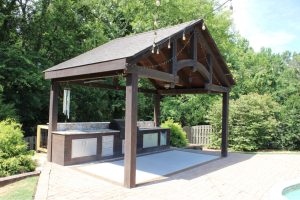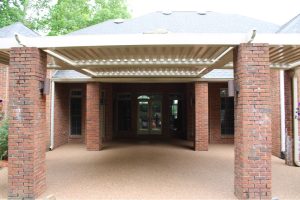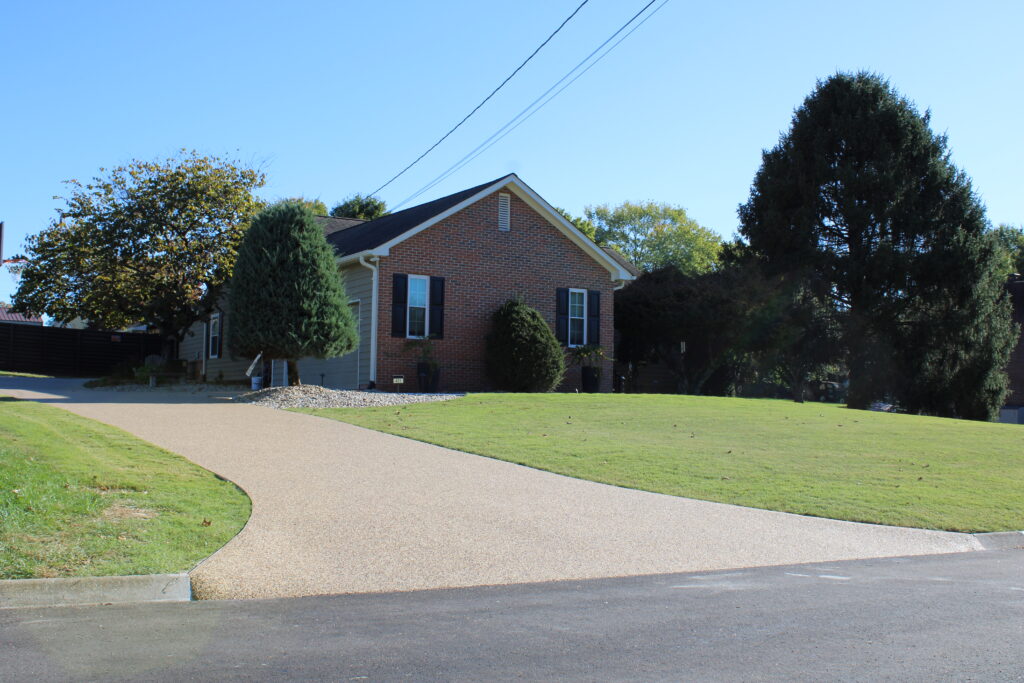
Requirement
The homeowner was faced with the challenge of a cracked and deteriorating concrete driveway Their primary requirements for the driveway resurfacing were a slip-resistant surface for safety, especially for children playing basketball, and a flat, durable finish that could withstand both vehicle traffic and foot traffic without cracking. The surface also needed to be permeable to prevent surface water from pooling, offering better drainage than concrete.
Aesthetically, the homeowner desired a solution that would enhance curb appeal, as repaired concrete often looks as bad as cracked surfaces. Additionally, minimizing disruption to the household’s access was crucial, with a fast installation process required to avoid prolonged inconvenience. AceBound UVR resin bound surfacing met all these needs, providing an attractive, long-lasting, and environmentally friendly alternative to concrete.
Problem
The driveway had developed significant cracks over time, and the homeowner was concerned about both the aesthetics and functionality of the surface. While a new concrete driveway seemed like the obvious choice, the drawbacks of concrete, including its negative environmental impact and long-term maintenance issues, made this option less appealing.
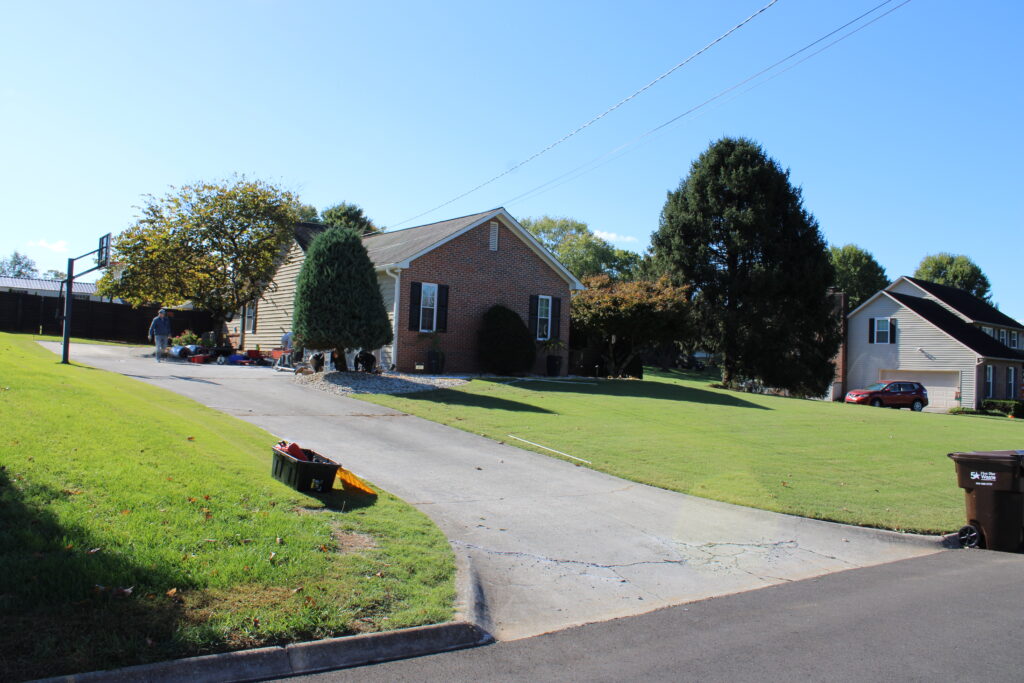
Why Concrete Is Not the Ideal Solution
- Environmental Impact: Concrete production is highly energy-intensive and contributes significantly to global CO2 emissions. The manufacturing of cement, a key component of concrete, generates substantial greenhouse gases, making it a less sustainable material overall.
- Cracking and Maintenance: Concrete driveways are prone to cracking over time, especially in areas with extreme weather. Cracked concrete can lead to uneven surfaces that are both unsightly and hazardous. Moreover, repairs to concrete driveways can be costly and time-consuming.
- Non-Permeability: Concrete is a non-permeable material, meaning it does not allow water to pass through it. This can result in stormwater runoff, which not only leads to potential flooding but can also contribute to water pollution.
- Waste: Replacing an old concrete driveway generates significant waste, which often ends up in landfills, further contributing to environmental damage.
The Sustainable Alternative: AceBound Resin Bound Surfacing
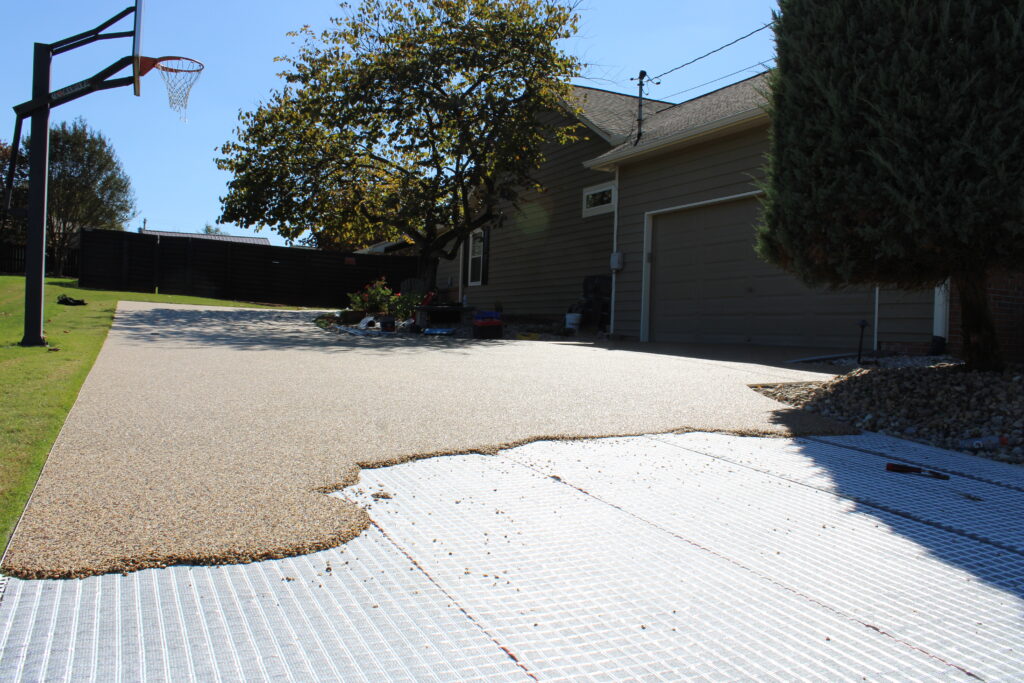
AceBound UVR resin bound surfacing
AceBound UVR resin bound surfacing provided a perfect solution for the homeowner. Not only was it more environmentally friendly, but it also offered an efficient, high-quality option that addressed the underlying issues while reducing waste.
Eco-Friendly and Sustainable: AceBound resin bound surfacing is made with eco-friendly UV-resistant resins and natural aggregates, significantly reducing the environmental footprint compared to concrete. It’s a greener choice that doesn’t compromise on performance or aesthetics.
Permeability: One of the key advantages of AceBound over concrete is its permeability. This allows rainwater to naturally drain through the surface, preventing puddles, reducing runoff, and minimizing the risk of flooding.
Durability: AceBound resin is highly durable, offering a long-lasting surface that can withstand vehicle traffic, weather changes, and daily wear and tear without cracking or breaking down. It’s a low-maintenance option that performs well for years to come.
Aesthetic Customization: The surface is available in a variety of colors and textures, allowing homeowners to create a custom look that enhances the curb appeal of their property.
The Process: Efficient and Cost-Effective
The process of resurfacing the driveway with AceBound was both quick and cost-effective, allowing the homeowner to get a high-end product with minimal disruption.
- Preparation: The first step was to address any water pooling areas in the existing concrete. These areas were drilled to allow for better water drainage. This simple yet effective process ensured that the resin surface would perform optimally once applied.
- Installing Ace ResiMesh: To reinforce the surface, Ace ResiMesh, a crack-mitigating and resin-strengthening fabric, was installed over the concrete beneath the resin. This lightweight mesh helps prevent future cracking and strengthens the bond between the resin and the concrete, adding years of durability to the surface. It is quick and easy to install, which meant less time and effort spent on preparation.
- Applying AceBound Resin Bound Surfacing: Once the preparation steps were complete, the AceBound resin bound surfacing was applied over the concrete. The natural aggregates were mixed into the resin and spread evenly over the surface, resulting in a smooth, uniform finish that is not only durable but also visually appealing.
- Curing and Sealing: After the resin was applied, the surface was allowed to cure, bonding the resin and aggregates together. The final step involved sealing the surface, ensuring additional protection from the elements and wear.
Outcome: A Beautiful, Durable Driveway in Just a Few Hours

The final result was a beautiful, functional driveway that combined aesthetics with practicality. The AceBound UVR resin bound surfacing gave the homeowner a long-lasting, low-maintenance solution that is both environmentally friendly and visually stunning.
Key Benefits:
Time-Saving: The entire process took only a few hours to complete, minimizing disruption to the homeowner’s daily routine. The surface was ready to use in no time, with no need for extended drying times or delays.
Cost-Effective: By choosing to resurface the existing concrete rather than replace it with new concrete, the homeowner saved money on materials, labor, and disposal fees. The use of Ace ResiMesh also ensured that the surface would remain crack-resistant, reducing long-term maintenance costs.
Sustainability: The project avoided the environmental impact of concrete production and disposal, and the permeable nature of the resin bound surface helped manage stormwater effectively, reducing the risk of flooding.
Aesthetics: The smooth, seamless finish of the AceBound surface not only enhanced the look of the property but also provided a customizable solution that added significant curb appeal.
Conclusion
Choosing AceBound UVR resin bound surfacing for the driveway resurfacing was a smart decision for the homeowner. Not only did it provide a high-end, long-lasting surface, but it was also an ethical and sustainable alternative to replacing the concrete driveway. The combination of fast installation, low cost, minimal disruption, and excellent durability made it an ideal solution for homeowners looking to improve their property’s appearance and functionality without compromising on environmental values.
With AceBound UVR resin bound surfacing, the homeowner now enjoys a beautiful driveway that will last for many years to come, all while contributing to a more sustainable future.

